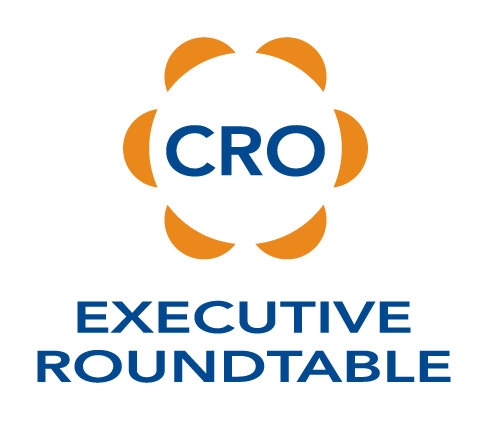We like to boil sales down to getting other people to change behavior. This “change” requires salespeople who are persuasive.
The Selling Power archives contain a quick-read article about persuasion. The focus is debunking myths that permeate sales cultures regarding how to be persuasive. There are 6 myths they note, but this one is preeminent:
2. If you give customers enough facts, you’ll get their business.
Wrong. People do not base their buying decisions on facts. Research shows that the first step in a decision process is emotional engagement. Without an emotional response at the outset, persuasion does not occur.
Absolutely true. People make decisions emotionally and justify them (later) intellectually. If you do not understand this fact, you will sell on features and benefits. This will work if you are selling to Mr. Spock, it will not work on humans. Successful salespeople know their Differentiating Value and they know their Critical Qualifying Questions. Those two items, when connected to an emotional response, guide the salesperson to qualify the prospect.
That ability leads into the author’s third point:
3. Some folks are natural salespeople.
No. Charisma and personality are helpful, but they do not guarantee success, particularly in complex or technical sales. Effective salespeople have certain habits and behavior in common – and that includes the so-called naturals, even if they’re not consciously aware of the habits and behavior.
Many truths to unpack in that paragraph. First, many people confuse charisma for competence when it comes to selling. This conventional wisdom couldn’t be more wrong. Sales are won by the salesperson who asks the right questions and listens closely. This leads to the second point that certain behaviors are key to success in sales. Stephen Covey used to say, “Most people do not listen with the intent to understand; they listen with the intent to reply.” Understanding is key - the strongest salespeople are attentive to the prospect’s words which is conveyed by the salesperson’s body language, focus and responses.
All six of the points from the article are key. Persuasion is a process and the backbone of all successful selling.



